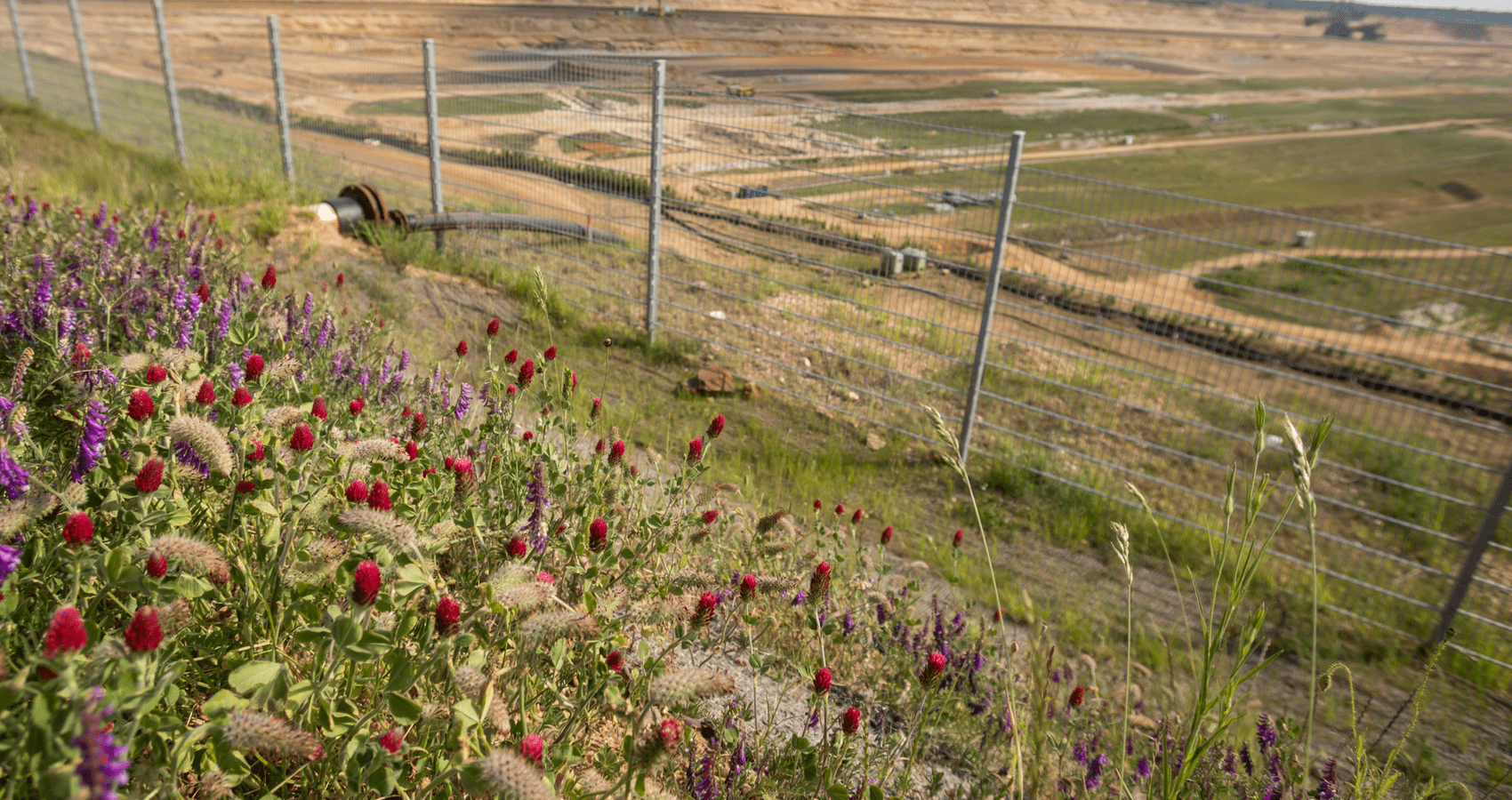The IGF’s 2016 MPF Assessments kicked off in June with an assessment in Senegal. It consisted of a two-person team from IGF sent to evaluate Senegal’s mining laws and policies, and can report back that the evaluation went very well.
We received a warm welcome upon our arrival in Dakar, and for the next 10 days had invaluable help and support from the Ministry of Industry and Mines in answering our (many) questions and in setting up consultations with state, civil society and private sector representatives. The assessment was very well-timed; Senegal is in the process of updating its Mining Code and Policy, and all parties hope that the MPF Assessment can support these revisions to ensure that the new legislation and policy optimize the contribution of the sector to Senegal’s continued sustainable development.
One important part of any MPF Assessment is the field visit: a trip by the assessment team to a domestic mine site to see how mining policies and laws are being implemented and enforced on the ground. For the Senegalese assessment, we drove three hours northeast of Dakar through a landscape dotted with baobabs and mango trees to Grand Côte Operation (GCO). GCO is mining heavy minerals such as zircon, rutile and ilmenite from the area’s coastal dunes. As part of the visit, and to get a better idea of how the post-mining transition is being managed in Senegal, we spoke with the managers of GCO’s progressive rehabilitation efforts.
Extracting heavy minerals from the region’s coastal sands involves conventional dredging and processing. These valuable minerals represent only two percent of the total weight processed; 98 per cent of the mined material is sand, which GCO returns to the ecosystem once the zircon and other minerals have been removed.
Prior to production, Senegalese law requires that mining companies develop environmental and social management plans for the mine, as well as rehabilitation plans, which are created with inputs from the affected local communities. At GCO, part of these efforts included discussing with locals how they would like to see the dunes restored once mining a given area was completed, and how this process could support their local livelihood and food security needs.
For the affected communities, there was a desire to go beyond simply replacing existing plants and restoring the ecosystem to its original state. And so GCO and the communities agreed that, among the plants to be part of the restoration, GCO would include cashew trees so that the local community could generate additional income once the mine had closed. GCO has followed through on this pledge by including cashew trees in its extensive, on-site nursery, where a variety of grasses and trees are being grown by local employees for the company’s progressive rehabilitation. It is the kind of small, cheap, win-win project that mining companies can undertake to ensure that their activities contribute to longer-term sustainable development.

